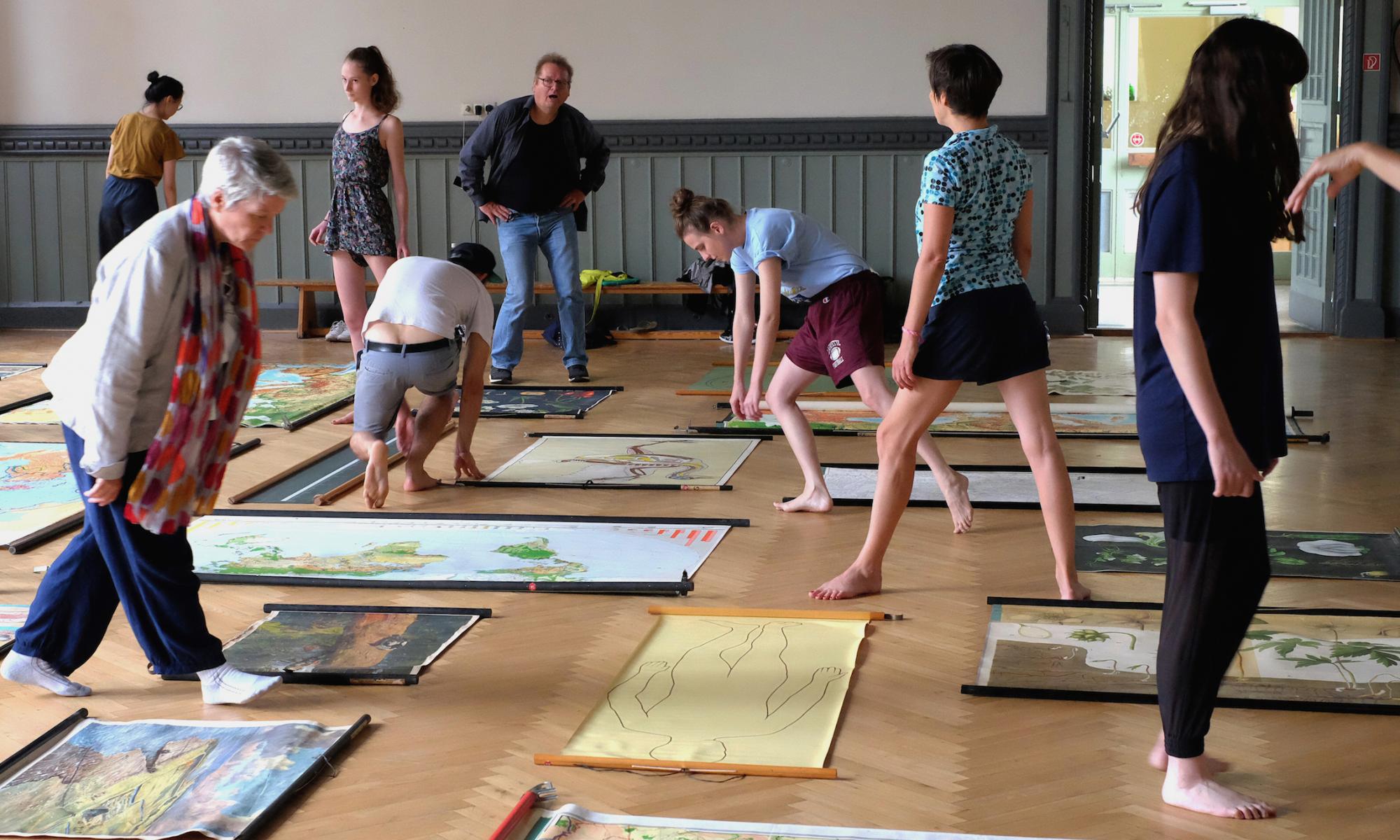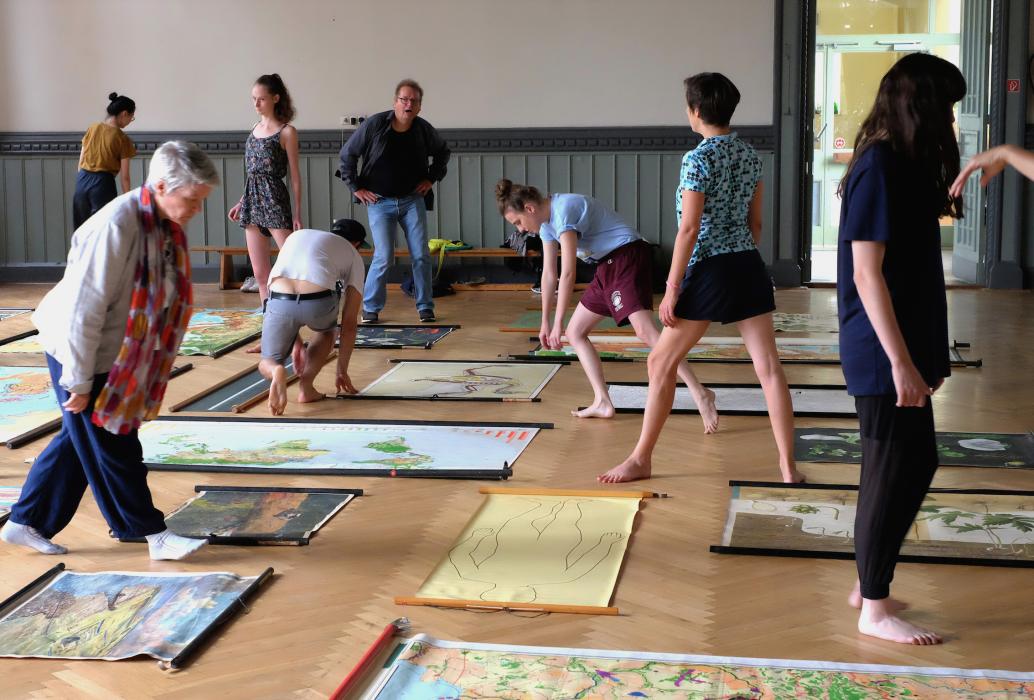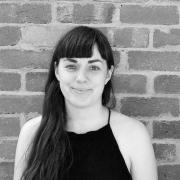Rotterdam
In a conversation of a nature that I have recently become accustomed to, a friend asked me the definition of ‘light’. ‘Would you say without weight?’ she wondered. When sitting down now to write about my experience moving to the Netherlands just over a year ago, this seems a fitting explanation of how I felt. I came here to undertake a Masters in Art Praxis at the Dutch Art Institute—a small institution in the north of the Netherlands made up of this program alone. I was initially interested in this school for the specificity of its structure—an interest perhaps ironically exacerbated by the hyper-rationality of urban planning in Holland, made even more resolute now when feeling the regimenting weight of the anchor I have since dropped right next to the North Sea.
The structure of the Dutch Art Institute is residency-based, meaning that for an uninterrupted week a month I am required to be in Arnhem. For the other three weeks, this is circumstantial. As a result, I live in Rotterdam—a city razed almost in its entirety in 1940 by the Germans, now leaving an inescapable aroma of post-war modernism. Alongside this, Rotterdam is also a port city—a fact that cannot be separated from why it was razed in the first place—lending a specific slant to how I experience it. For example, the bike ride from the center to my home is made possible by the Maas Tunnel—an underwater tunnel connecting the north side of the River Maas to the south.
And the south is where a lively and predominantly self-organised artistic community resides. Council initiatives have resulted in a number of subsidised apartment blocks for artists (though a recent referendum will see this change); meaning that, in turn, these congested artistic communities produced projects and programs with a relatively small amount of resources but large social investment. An example might be an opening at Wolfart Project Space, a collectively run centre on one of the notorious artist housing streets, that functions intermittently as a gallery, a radio station, a space for hire (often used for life drawing or dance classes), to host a public program of talks, or even, sometimes all these things at once. It fosters a certain local investment through its commitment to the forty artists that live on the street, an undertaking that manifests as being a space that is free for them and their network of collaborators to use. The localised scale of the south in Rotterdam means that only three blocks down the street is Rib, an exhibition space of an experimental kind run by Maziar Afrassiabi, which treats its commitment to artists and their work with primacy, altering the length of shows and the type of public program depending on the works’ requirements and potentials. This produces a different kind of consistency to the monthly pilgrimage to openings that I was used to in Melbourne, and means that a relationship to the program develops not through logistical habits but instead in connection to the individual exhibitions themselves. Five blocks back the other way, and an adjacent street over is Peach, an apartment gallery run by Ghislain Amar and Anna Maria Łuczak. In the spirit of Peach’s residential nature, it often temporarily makes home in other institutions within the Netherlands and beyond—recently they were invited to curate an exhibition at W139 in Amsterdam, for example—extending the exposure of Rotterdam based artists as well as the intimacy of the apartment context. And these three initiatives, alongside regularly self-organised and one off outcomes, appear to be in support of each other through often aligning their social calendars and running concurrent events.
Experiencing this artist community in Rotterdam has exposed me to ways of building institutions and initiatives that move beyond a place to occupy and which, instead, revolve around an infrastructure of care. The dispersion of such an infrastructure is present in the one I have managed to thus far forge for myself here—connected across and through six pillars of significant women (and artists)—which manages to have its reach beyond Rotterdam, and find its dispersed feet in our home towns of Buenos Aires, Perth, Wesel, Addis Ababa, Melbourne and London. It could be said then, that an infrastructure of care lays its foundations in a freedom of movement across exhibitions, communities, buildings, cities, states, individuals, having a decentralised collectivity whereby making clear the realisation that when we express the territory, our thoughts, they can travel.



